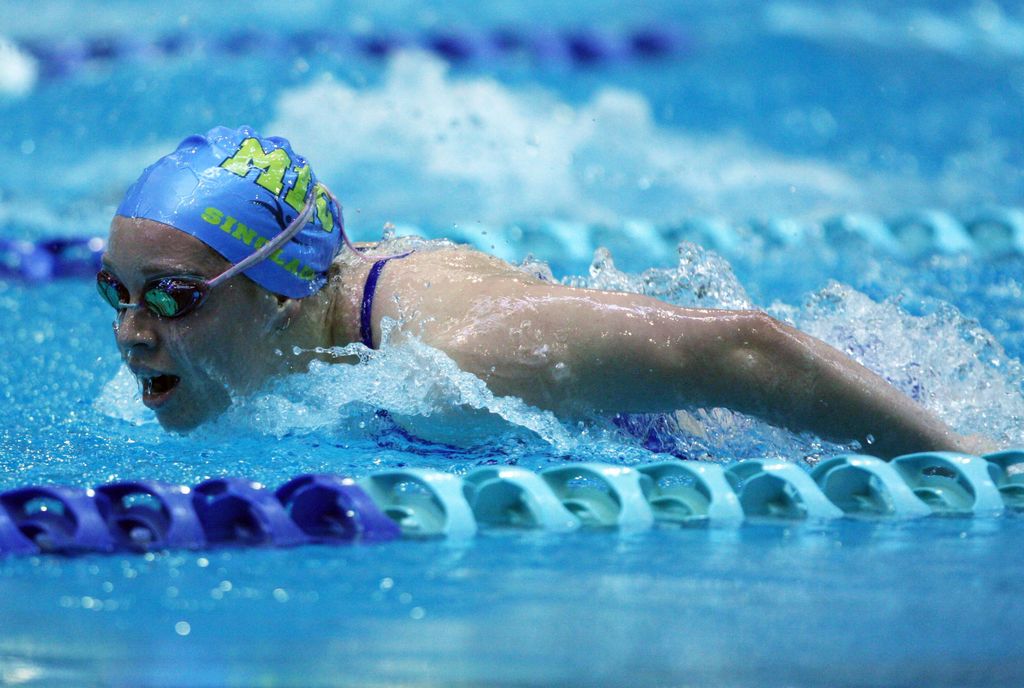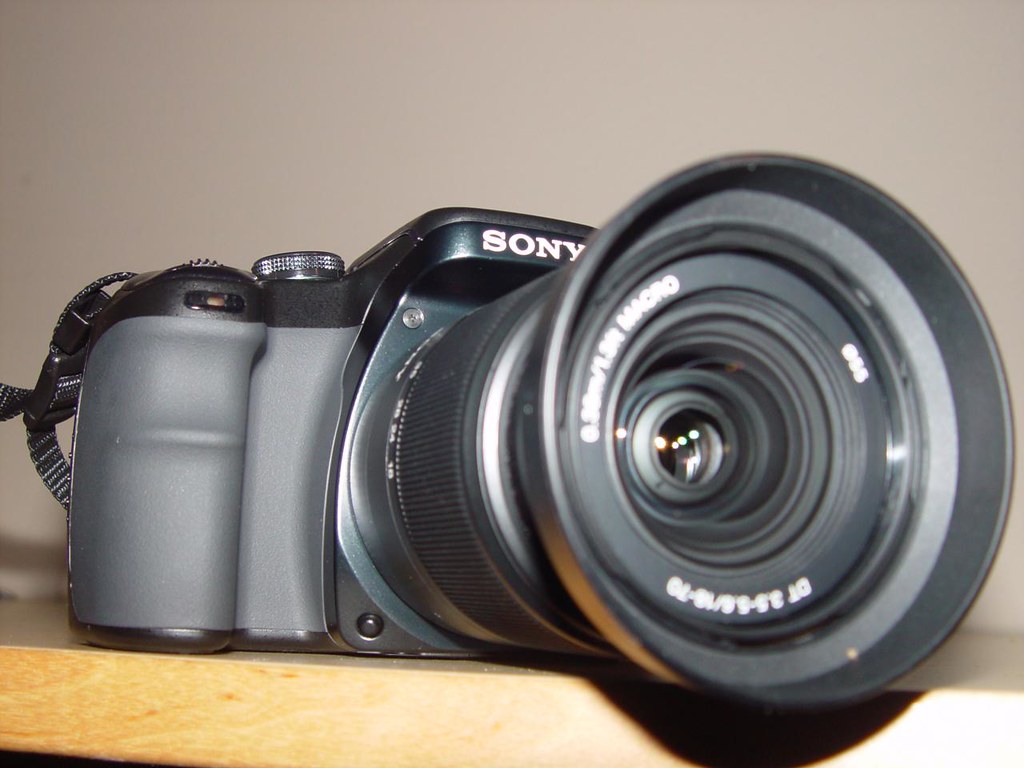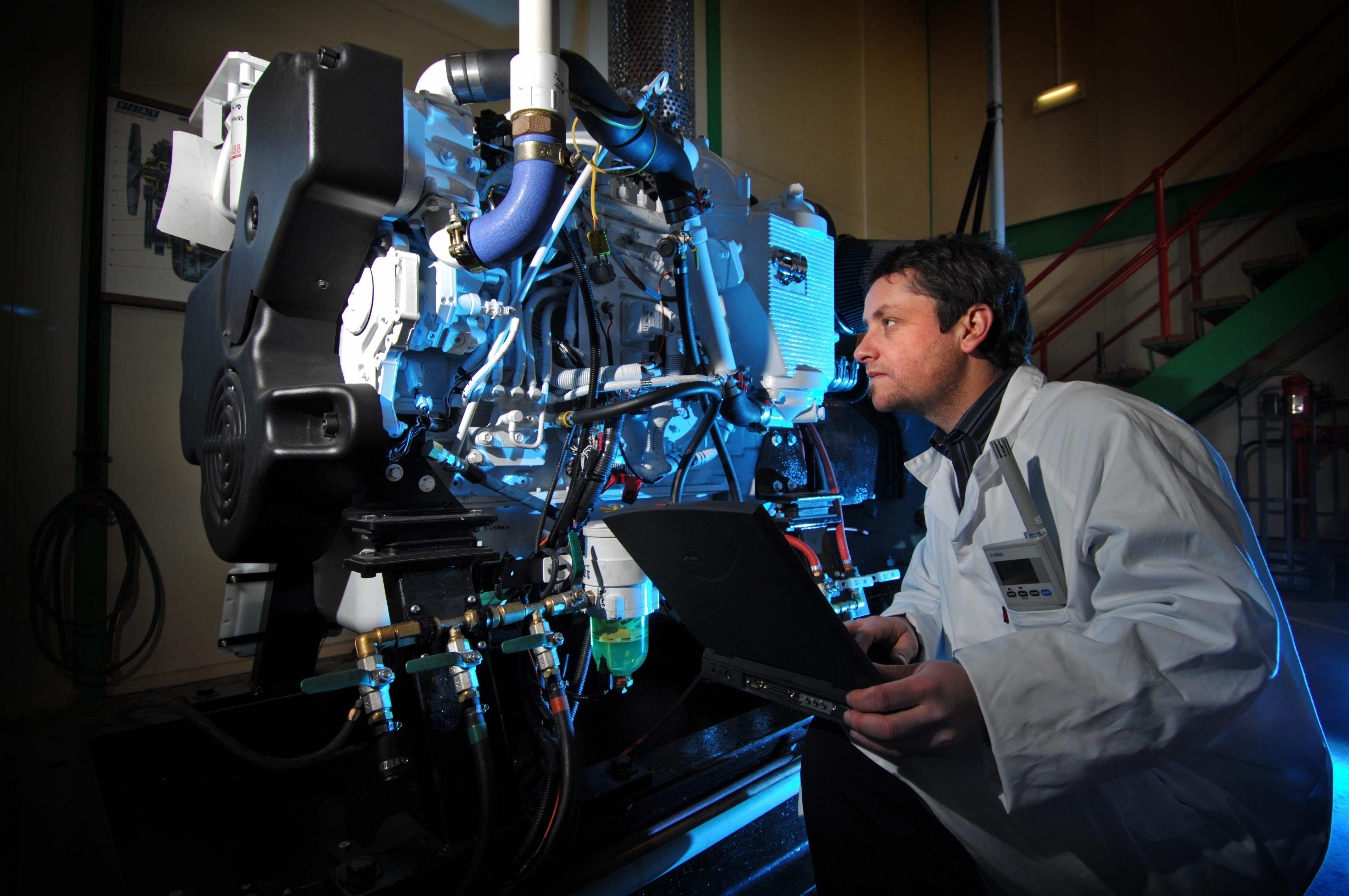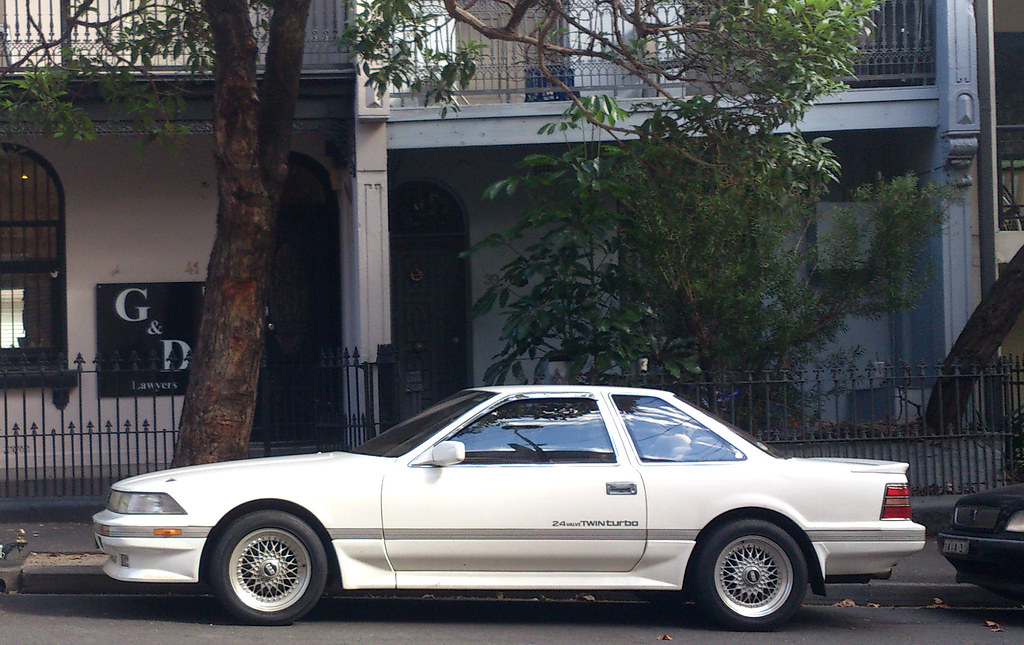The world of sports photography recently marked the passing of a true pioneer, Heinz Kluetmeier, at the age of 82. For decades, his name was synonymous with Sports Illustrated, where his lens captured some of the most enduring and emotionally resonant images in the annals of athletic competition. Kluetmeier, who died on January 14, 2025, due to complications from Parkinson’s disease and a stroke, leaves behind a legacy defined not only by the sheer volume of his iconic work but also by his relentless pursuit of technical innovation.
His career, spanning nearly 50 years at Sports Illustrated, transcended mere documentation; it was a testament to a photographic vision that sought to bring viewers into the heart of the action from angles never before conceived. He was celebrated for his ability to translate the raw energy and profound drama of sporting events into still images that resonated deeply with the public. As Marguerite Schropp Lucarelli, the magazine’s director of photography, observed, “Heinz wanted to bring people to a place or an angle they had never seen before.” This drive for novel perspectives, coupled with an innate connection to the athletes he photographed, set him apart.
Beyond his artistic prowess, Kluetmeier was a technological innovator, often engineering his own solutions to overcome photographic challenges. He was described by his longtime assistant, Jeff Kavanaugh, as possessing “the drive and the determination and just the sheer genius of some of the things that he engineered.” These advancements, particularly in remote and underwater camera technology, were not just clever gadgets; they were tools that unlocked new visual narratives, forever changing how sports stories were told through the photographic medium. His contributions solidified his status as a giant in the industry.

1. **The “Miracle on Ice” Cover: A Defining Image** Among Heinz Kluetmeier’s vast portfolio, few images command the recognition and emotional weight of his “Miracle on Ice” photograph. Taken on February 22, 1980, at the Lake Placid Olympic Center, it immortalized the underdog U.S. hockey team’s stunning 4-3 semifinal victory over the heavily favored Soviet squad. The photograph depicted American players, sticks raised in triumph, reveling on the ice in a moment of pure, unadulterated joy. It captured a collective outpouring of national pride and athletic exhilaration.
The image was so powerful, so universally understood, that it appeared on the cover of Sports Illustrated’s March 3, 1980, issue without any explanatory headline or caption. This was a rarity in the magazine’s history, a bold editorial decision that underscored the photograph’s immediate and profound impact. As Kluetmeier himself stated, “It didn’t need it. Everyone in America knew what happened.” This decision perfectly encapsulated the moment’s cultural significance, allowing the visual narrative to speak entirely for itself.
Readers of Sports Illustrated echoed this sentiment decades later. In 2014, the photograph was voted the most iconic cover in the magazine’s 60-plus-year history. Defenseman Jack O’Callahan, one of the players in the iconic shot, recalled the moment: “I’m not looking up… We’re not looking up, we’re looking in each other’s eyes. It’s a picture of pure joy, pure elation, a tremendous victory.” The image, shot with a handheld camera from the stands, remains among the most famous sports images of the 20th century.

2. **The “Miracle Finish”: Michael Phelps’ 2008 Gold** Another pinnacle of Kluetmeier’s career arrived nearly three decades later at the 2008 Summer Olympics in Beijing, where he captured what came to be known as Michael Phelps’s “Miracle Finish.” In the intensely close 100-meter butterfly final, Kluetmeier’s expertly deployed underwater camera system provided irrefutable evidence that Phelps had indeed edged out Milorad Čavić of Serbia by a minuscule one-hundredth of a second. This fraction of time secured Phelps his seventh of eight gold medals at those games, making the photographic documentation crucial.
The sequence of photographs, showing Phelps touching the wall before Čavić even as Čavić appeared to win from above water, became instantly famous. The “image of four sets of fingertips bent backward against the touch pads prompted a Serbian protest, instantly becoming an aquatic Zapruder film,” as Andrew Das described it in The New York Times in 2012. Kluetmeier’s innovative setup provided the definitive visual proof, resolving the controversy and cementing the outcome.
The success of this shot was not accidental; it was the culmination of meticulous preparation and advanced technological deployment. Kluetmeier, alongside his longtime assistant Jeff Kavanaugh, designed and built a tethered underwater camera system that allowed images to download directly to a computer. Kavanaugh recalled the moment: “We were fighting for space under there. He just knew that was going to be an iconic moment.” The result was a blend of foresight, technical mastery, and a “little bit of luck hitting the moments.”

3. **Pioneering Underwater Camera Technology** Heinz Kluetmeier was a trailblazer in underwater photography, introducing a dimension to sports coverage that had previously been unimaginable. His initial foray into this specialized field was at the 1991 World Aquatics Championships in Perth, Australia, where he “surreptitiously” placed a camera underwater to capture swimming events. This secretive experiment paved the way for a revolutionary approach to documenting aquatic sports.
He officially deployed an underwater camera system the following year at the 1992 Summer Olympics in Barcelona. From the bottom of the pool, his fish-eye lens captured a world turned upside down. One memorable shot from these games depicted the American Mel Stewart winning gold in the 200-meter butterfly in record time, with the scoreboard, spectator stands, and the sky above him all visible within the frame. This novel perspective offered viewers an unprecedented, intimate glimpse into the swimmer’s world.
By the 2008 Beijing games, Kluetmeier had “mastered the technique,” as the context notes. He spent a year preparing for these Olympics, developing methods that allowed him to capture eight frames per second with a camera that could be kept underwater for days, connected to the surface through a live feed. This sophisticated setup, meticulously positioned by Kavanaugh in scuba gear, produced the definitive images of Phelps’s “Miracle Finish.”
The journey to implement this technology was not without its challenges. At the 1992 Barcelona Games, his plans for an underwater shoot were nearly “scuttled when an armed security guard mistook the camera for a bomb.” Kluetmeier, a former varsity swimmer, had to persuade the pool director to keep the camera in place, famously stating, “I will wear a swimming suit to the pool, and if there is a problem, I will jump in and pull it out.” This highlights his dedication and resolve to innovate.
Read more about: The Ill-Fated Voyage: Unpacking the Unconventional Design and Known Perils of the Titan Submersible

4. **Innovating Remote Camera Systems** Beyond his groundbreaking work underwater, Heinz Kluetmeier was also at the forefront of developing and utilizing remote-controlled camera systems. These innovations allowed him to capture perspectives that were physically impossible for a photographer to achieve conventionally, often placing cameras in precarious or inaccessible locations to get the perfect shot. This strategic use of technology significantly expanded the visual narrative possibilities in sports photography.
Beyond his groundbreaking work underwater, Heinz Kluetmeier was also at the forefront of developing and utilizing remote-controlled camera systems. These innovations allowed him to capture perspectives that were physically impossible for a photographer to achieve conventionally, often placing cameras in precarious or inaccessible locations to get the perfect shot. This strategic use of technology significantly expanded the visual narrative possibilities in sports photography.
A notable early example of this ingenuity occurred at the 1980 Moscow Olympics. Kluetmeier devised a method to use a remotely operated camera positioned near the race finish line. This setup successfully captured the crucial moment Sebastian Coe won the 1,500-meter race, providing a unique and compelling image of the victory. At the time, Kluetmeier was “the only photographer to place a remote camera” in such a location.
His foresight in employing remote cameras was truly visionary. While a singular feat in 1980, the technique he pioneered became ubiquitous in subsequent years. As he reflected in 1996, “Now… You go to the Olympics and there are like 50 remotes at the finish line.” This observation underscores how his early experimentation laid the groundwork for standard practice in modern sports coverage, demonstrating his profound influence on the evolution of the field.
Read more about: 15 Car Features You Didn’t Know You Needed: Unlocking Hidden Comfort, Convenience, and Safety in Your Ride

5. **Engineering Background and Photographic Ingenuity** Heinz Kluetmeier’s relentless drive for photographic innovation was deeply rooted in his formal education and innate curiosity. Despite his father’s initial skepticism that “photography would develop into a career,” Kluetmeier pursued an engineering major at Dartmouth College, graduating in 1965 with a bachelor’s degree. This technical background provided him with a unique advantage, allowing him to approach photographic challenges with a problem-solving mindset characteristic of an engineer.
His understanding of mechanics, optics, and electronics was not merely academic; it translated directly into practical solutions on the field. He designed and built custom equipment, such as the tethered underwater camera system used for Michael Phelps’s “Miracle Finish,” which allowed images to download directly to a computer. This ability to “engineer” solutions, as his assistant Jeff Kavanaugh noted, distinguished him from many of his peers and enabled him to achieve shots that others could not.
Kluetmeier’s curiosity about “how far he could take photography technologically” was a constant driving force throughout his career. He was never content with conventional methods, constantly experimenting with novel lighting techniques, split-shot lenses, and specialized camera setups. This blend of technical acumen and artistic vision allowed him to not only capture iconic moments but also to actively shape the future of sports photography.

6. **Advancing Lighting Techniques: The Strobe Revolution** Indoor sports photography presented unique challenges, particularly the often dim and inconsistent lighting found in domed stadiums. Heinz Kluetmeier, never one to shy away from a technical hurdle, tackled this issue head-on, pioneering the use of strobe lights to dramatically improve image quality and visual impact. His efforts helped usher in a new era of lighting techniques in sports photojournalism.
Frustrated by the poor lighting conditions, Kluetmeier actively “helped pioneer the use of strobe lights at domed stadiums like the Superdome in New Orleans.” This was a significant undertaking at a time when heavy, 40-pound strobes needed to be physically connected to cameras by cables. His willingness to manage such cumbersome equipment underscored his commitment to achieving superior results, regardless of the logistical difficulties.
A memorable example of his success with this innovation came at the 1981 Sugar Bowl. Using his advanced strobe setup, Kluetmeier captured dramatic photos, notably an image of Georgia running back Herschel Walker running into the end zone. The photograph was distinguished by “a soft, almost celestial light that emanated from above,” transforming a potentially underexposed scene into a powerful and visually striking image. This demonstrated how his technical advancements could elevate the artistry of sports photography.

7. **Early Career and Freelance Beginnings** Heinz Kluetmeier’s journey into the world of photography began not with grand assignments, but with serendipitous moments and youthful ambition. Born in Berlin on October 1, 1942, he moved with his family to Milwaukee, Wisconsin, in 1952 at the age of nine. It was there that an unexpected event ignited his passion for photojournalism, setting him on a path that would lead to decades of iconic work.
His introduction to the field came when his mother, Ilse Kluetmeier, who worked for The Associated Press, took a widely syndicated picture of him at age 13. The photograph showed him sick at home with the flu, his pet parakeet, Chirpy, eating noodles from his spoon. This seemingly mundane moment, published in newspapers around the country, was “the spark that lit the fire,” as his daughter Tina Kluetmeier recalled. “He got his picture in the paper,” and that experience planted the seed for his future career.
Armed with a Nikon S camera bought by his parents, Kluetmeier began freelancing for the AP as a teenager. By age 15, he was already covering significant events, including Green Bay Packers games during the legendary Vince Lombardi era and the 1960 presidential campaign. He recalled a memorable encounter with Coach Lombardi at a Packers training camp cafeteria, where Lombardi, after a direct challenge to Kluetmeier’s presence, famously ordered “Starr! Taylor! Hornung! Get over here! This kid wants to take some pictures of you guys!” Kluetmeier recounted, “I couldn’t believe my luck. You can’t imagine something like that happening today.” This early start honed his instincts and gave him invaluable experience in high-pressure environments. He also freelanced for The Milwaukee Journal during his summers while attending Dartmouth, further cementing his practical experience.
Read more about: Giorgio Armani, Fashion’s Master of the Power Suit, Dies at 91, Leaving an Indelible Mark on Global Style

8. **Transition to Professional Career and Early SI Years**After graduating from Dartmouth in 1965 with an engineering degree, a path initially urged by his father who doubted photography’s professional viability, Heinz Kluetmeier did not immediately pursue photojournalism full-time. He first spent a year working with Inland Steel in Chicago, applying his technical acumen in a more conventional engineering role. This brief diversion, however, only served to underscore his true calling. His passion for visual storytelling soon redirected his career path, leading him back to the photographic field with renewed focus and determination.
Following his stint in engineering, Kluetmeier dedicated a year and a half to The Milwaukee Journal, where he honed his skills as a full-time photographer. This period allowed him to deepen his understanding of professional photojournalism, working across various assignments and refining his eye for compelling narratives. It was during these formative years that his talent became undeniable, catching the attention of larger national publications.
By 1969, before he had even reached the age of 30, Kluetmeier’s exceptional abilities led to him being ‘poached’ by Time Inc. This move marked a significant milestone, as he joined the prestigious staffs of both Life and Sports Illustrated. His early assignments for Sports Illustrated quickly established his prowess, with his first SI cover featuring the legendary seven-time gold medalist swimmer Mark Spitz. This rapid ascent highlighted his innate talent and innovative approach, setting the stage for a distinguished career.
Read more about: Ken Dryden: Beyond the Mask — A Hall of Fame Goaltender’s Multifaceted Life and Enduring Legacy at 78

9. **Leadership Roles and Consistent Olympic Coverage**Kluetmeier’s tenure at Sports Illustrated was not confined to capturing iconic images; he also played a pivotal role in shaping the magazine’s photographic direction. His leadership qualities and profound understanding of the medium were recognized early, leading him to serve two stints as the magazine’s director of photography. In these capacities, he influenced a generation of sports photographers and ensured the consistent delivery of high-quality, impactful visual content.
His dedication to covering the Olympic Games was unparalleled, cementing his reputation as a premier sports photojournalist. Since his first Olympic assignment for Sports Illustrated at the 1972 Munich games, Kluetmeier covered virtually every subsequent Olympic Games, missing only one throughout his extensive career. This consistent presence at the world’s most significant sporting event allowed him to chronicle decades of athletic achievement, technological evolution, and human drama, providing unparalleled visual continuity for the magazine’s readership.
Kluetmeier possessed a unique philosophy that guided his extensive coverage, particularly evident in his approach to major events like the Olympics. Marguerite Schropp Lucarelli, Sports Illustrated’s director of photography, aptly described his drive: “Heinz wanted to bring people to a place or an angle they had never seen before.” This ceaseless pursuit of novel perspectives, combined with his profound ability to connect with athletes, allowed him to produce images that not only documented events but also conveyed their deep emotional resonance and broader significance.
Read more about: Giorgio Armani, Fashion’s Master of the Power Suit, Dies at 91, Leaving an Indelible Mark on Global Style

10. **Iconic Portraiture and Conceptual Photography**Beyond the raw action shots and groundbreaking technical innovations, Heinz Kluetmeier showcased a singular talent for crafting unexpected and conceptually rich portraits. One of the most memorable examples of this unique artistic vision occurred in 2005, at the suggestion of Ms. Lucarelli. Kluetmeier embarked on a project to transform the University of Michigan pool, where Michael Phelps was training, into a dorm room.
The elaborate setup for this shoot for a Sports Illustrated on Campus spinoff was meticulously planned and executed. His longtime assistant, Jeff Kavanaugh, recounted the process of sourcing and weighing down furniture: “I went there a couple of days earlier and found a recliner, an old desk, some dead laptops and a computer that we could dunk underwater. We weighed everything down with dumbbell weights.” The resulting image depicted Phelps seated at the bottom of the pool on a recliner, holding a laptop, surrounded by a desk, a lamp, and Michigan banners.
The success of this conceptual photograph was twofold: it not only produced a visually striking and humorous image but also highlighted Kluetmeier’s ability to engage with his subjects on a creative level. Phelps, the swimmer, “thought it was hilarious,” and Kluetmeier himself remarked on Phelps’s cooperative spirit, noting, “He could not have been a better subject. And, man, can the guy hold his breath underwater.” This endeavor perfectly encapsulated Kluetmeier’s blend of technical ingenuity and imaginative storytelling, transcending mere documentation to create truly artistic and memorable visual narratives.

11. **Capturing the Breadth of Sporting Greatness**While moments like the “Miracle on Ice” and Michael Phelps’s “Miracle Finish” are cornerstones of Heinz Kluetmeier’s legacy, his expansive portfolio reveals a photojournalist who captured the essence of athletic greatness across an incredible array of sports and events. His lens found compelling narratives in virtually every major sporting competition, illustrating his versatility and profound understanding of different athletic disciplines. From the football field to the track and the baseball diamond, Kluetmeier was there, ready to immortalize peak performance.
His iconic images extend to some of sports’ most revered figures and indelible moments. He captured Jackie Joyner-Kersee soaring to a gold medal in the long jump at the 1988 Summer Games in Seoul, encapsulating her athletic grace and power. Another classic shot shows Pete Rose, then with the Cincinnati Reds, flying headfirst into third base in 1975, an image so dynamic it appears Rose is hurtling directly into the camera. For football fans, his photograph of Lynn Swann making a diving catch for the Pittsburgh Steelers during Super Bowl X in 1976 remains a testament to his ability to freeze decisive, high-stakes action.
Kluetmeier’s keen eye also chronicled more contemporary stars, such as Dustin Pedroia of the Boston Red Sox in action against the Texas Rangers at Fenway Park in 2009. He even captured the controversial figure of Aaron Hernandez, the New England Patriots tight end, in a tightly framed picture from 2011, showing him tackled by David Harris, his helmet ripped off and tattooed bicep bulging. This image, which he mordantly referred to as “My killer photo” given Hernandez’s subsequent legal troubles, was praised by photographic historian Gail Buckland for its “brute power,” comparing it to a Picasso Minotaur. His diverse work spanned countless Super Bowls, World Series games, Kentucky Derbies, and Indy 500s, demonstrating his unparalleled reach and commitment to sports photojournalism.

12. **Acclaim, Awards, and Industry Recognition**Heinz Kluetmeier’s profound impact on sports photography was widely recognized and celebrated throughout his career, culminating in several prestigious accolades. His innovative techniques and consistently compelling imagery earned him a place among the giants of his field, solidifying his status as a trailblazer and a master craftsman. These awards were not merely acknowledgments of individual photographs, but rather celebrations of a career dedicated to pushing the boundaries of visual storytelling in sports.
In October 2007, Kluetmeier received the Lucie Award for outstanding achievement in sports photography. The Lucie Awards, often referred to as the ‘Oscars of photography,’ honored his lifetime of contributions and his singular vision. This recognition underscored how his blend of technical expertise, artistic intuition, and unwavering dedication had significantly advanced the art and science of sports photojournalism, inspiring countless others in the industry.
A particularly unique honor came in 2017 when Kluetmeier was inducted into the International Swimming Hall of Fame. He made history as the very first photographer to be granted this distinction, a testament to his pioneering work in underwater photography and his ability to capture the aquatic world in unprecedented ways. This induction specifically recognized his crucial role in visually defining swimming, particularly his definitive images of Michael Phelps’s “Miracle Finish,” which transformed how audiences perceived and understood competitive swimming.
Beyond formal awards, Kluetmeier’s prolific output for Sports Illustrated is a testament to his enduring influence. He accumulated over 100 Sports Illustrated cover photographs to his credit, a remarkable achievement that speaks to the consistent power and iconic nature of his work. His longtime assistant, Jeff Kavanaugh, eloquently summarized Kluetmeier’s genius, acknowledging “the drive and the determination and just the sheer genius of some of the things that he engineered,” recognizing that the advances he brought to sports photography would ensure he would always be remembered.
Read more about: Claude Jarman Jr.: A Life Beyond the Limelight – From Child Star to Cultural Luminary at 90

13. **The Enduring Legacy of a Visionary Photojournalist**Harrison Smith, in The Washington Post, aptly noted that Heinz Kluetmeier “didn’t take photos, he gave photos. Putting into the public domain visual gems that told stories, evoked feelings, memorialized events, and sometimes, literally, reset limits of possibility.” His legacy is not simply a collection of pictures, but a testament to an adventurous spirit and a distinctive vision that forever reshaped sports photography.
Kluetmeier’s personal life reflected this adventurous spirit. He loved to drive a motorcycle between assignments, especially when covering the Olympics, embracing the freedom and perspective it offered. Further demonstrating his zest for life and commitment to his craft, he obtained his pilot’s license in the 1960s. He utilized his single-engine Grumman Tiger, particularly in the predigital era, to quickly transport his film and pictures to editors, ensuring timely delivery from remote locations, and once even survived an emergency landing after engine trouble, walking away with only a thumb injury.
His philosophy on photography was deeply personal and emotionally resonant, far beyond mere technical execution. According to a biography from the Lucie Awards, Kluetmeier once articulated his core belief: “I think the most important thing is to have a vision, to have an emotional feeling, to care about what you’re photographing, and to have something that’s already there in your heart, in your eye.” This sentiment encapsulates the blend of intuition, passion, and technical mastery that defined his approach and allowed him to produce images that truly spoke to the soul of sports.
Kluetmeier contributed to Sports Illustrated until 2016, marking nearly five decades of unparalleled dedication to the publication. Even after stepping back from full-time work, his influence remained palpable. His unique ability to connect with athletes, to innovate with technology, and to find the perfect, often unprecedented, angle to tell a story has left an indelible mark on photojournalism. His distinctive vision and adventurous spirit will undoubtedly continue to inspire future generations of photographers to look beyond the obvious, to push boundaries, and to capture the heart of human endeavor.
Heinz Kluetmeier’s passing at 82 signals the end of an era, but his extraordinary body of work will undoubtedly continue to inspire and resonate. His photographs transcend mere documentation, serving as powerful reminders of the magic and drama inherent in athletic competition. He leaves behind a legacy of innovation, artistry, and a profound emotional connection to the sports world, ensuring his place as one of its most cherished visual storytellers. The impact of his lens, which captured everything from the raw exuberance of victory to the quiet determination of a champion, will echo through the annals of sports history for generations to come.”
Read more about: Rodrigo Moya, Visionary Photojournalist Who Chronicled a Changing Latin America, Dies at 91
, “_words_section2”: “1804



